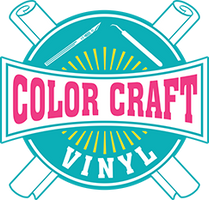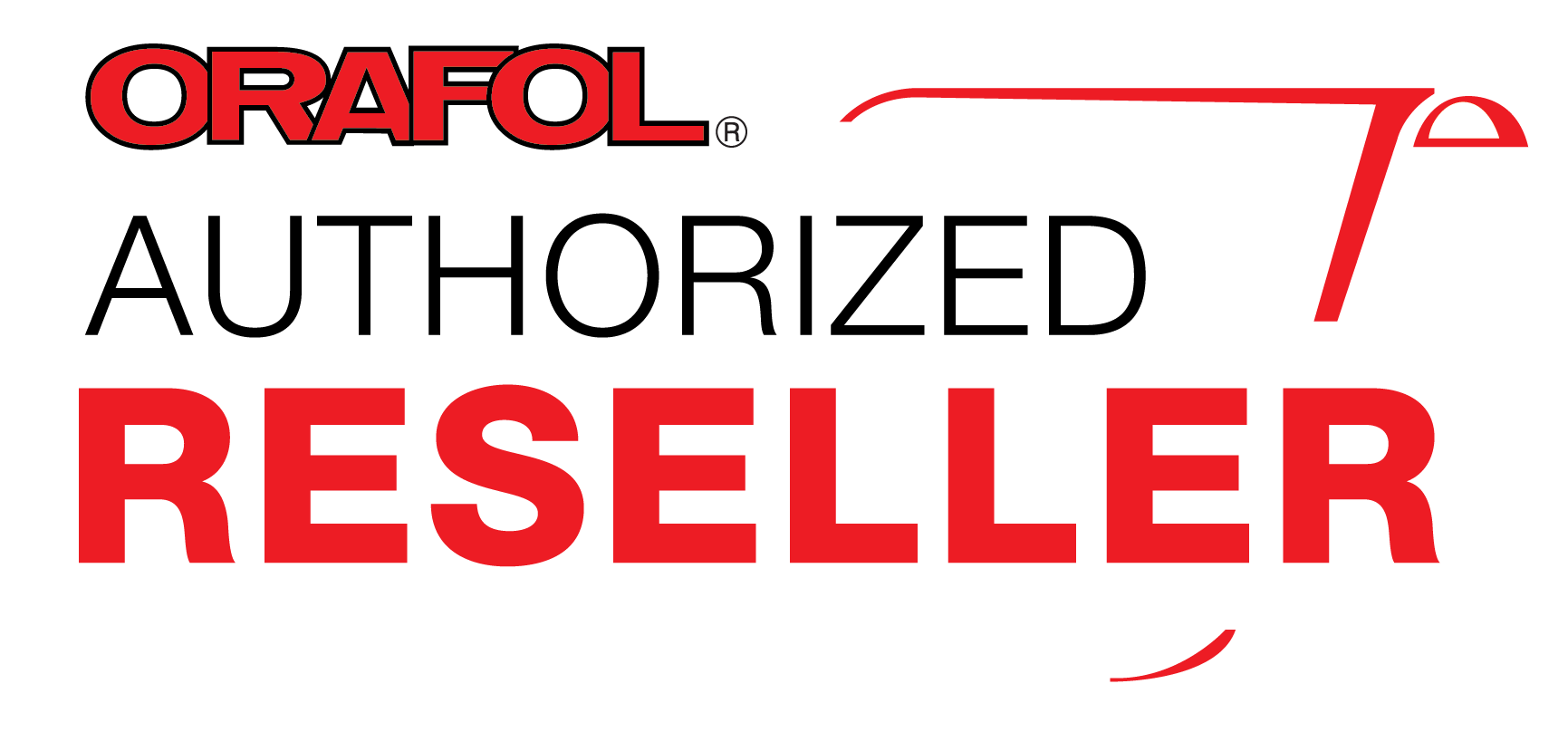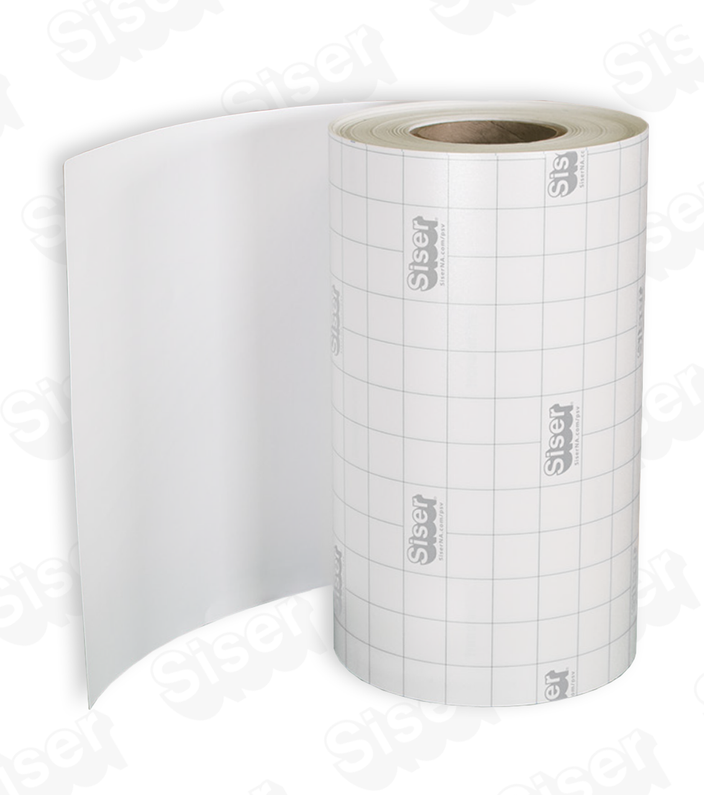Craft Vinyl Types: What are the Differences?
Craft Vinyl Types: What are the Differences?
Knowing craft vinyl types can help you narrow down options when making a purchase. Vinyl is great for designing large displays, smaller apparel, and even other merchandise. You can apply it to items as small as cozies, and to materials such as metal or wood depending on the products that you choose. We’ll go into the differences between craft vinyl types.
Before purchasing any vinyl, always check its compatibility with your machine. Not all vinyl will print with inkjet or laserjet models, and some are too thick or thin for cutter types.
Types Of Vinyl Used For Temporary Or Permanent Applications
Below are the two basic types of vinyl used in most merchandise or business applications. These do not necessarily cover the films used for buildings or vehicles. Such films have other requirements as well for stretch, application, and durability.
Heat Transfer Vinyl (HTV)
Heat transfer vinyl, also called HTV for short, covers a series of films that have a heat-activated adhesive. The vinyl often comes with a carrier sheet, which covers the adhesive side and serves as the “backing” for the material. Often, you will use a heat press for smaller items like apparel.
Many businesses like heat transfer vinyl for its durability, stretch, and versatility for multicolored designs. One has to use it with a heat press or heat transfer machine for ideal results, for consistent application. Manual machines require physical exertion, and automatic ones tend to be expensive.
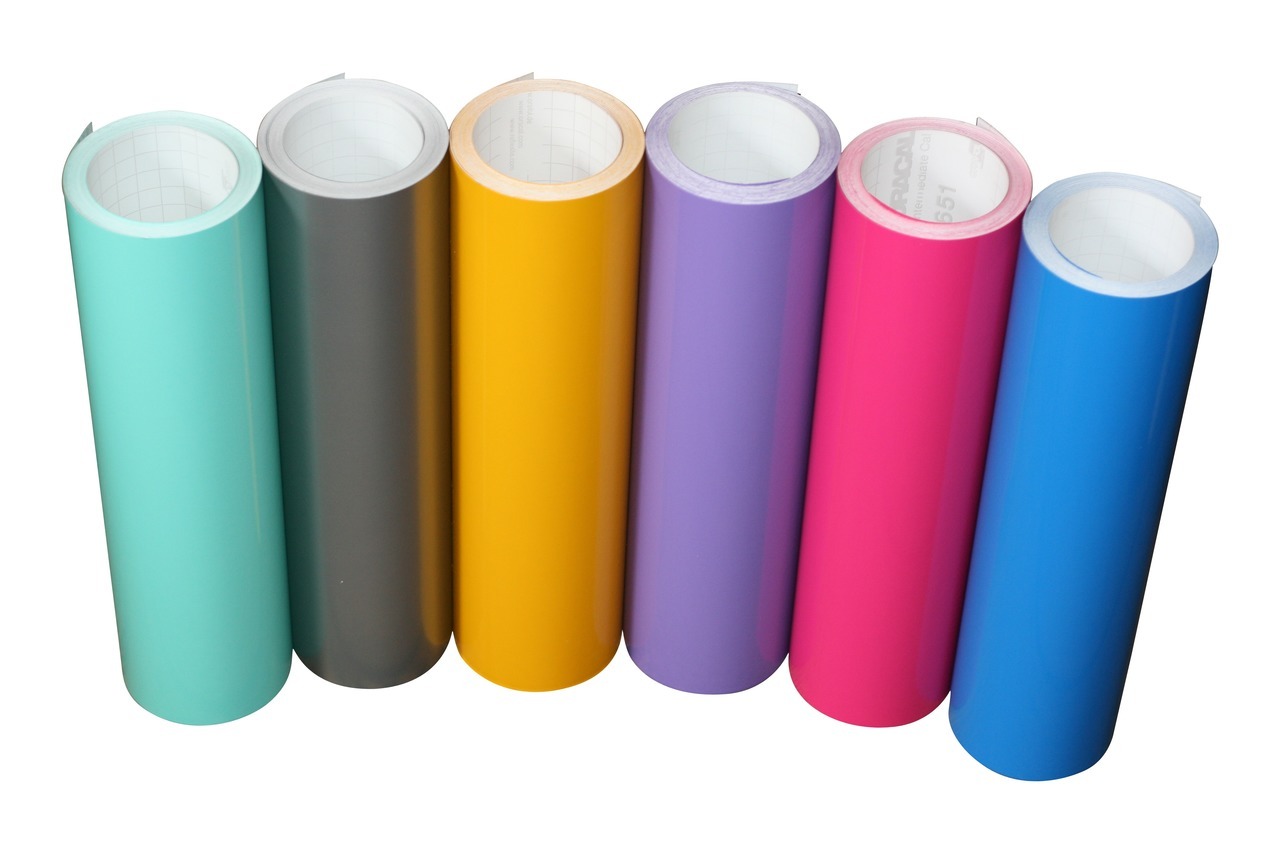
Adhesive Vinyl
Adhesive vinyl generally does not require heat to activate. As a result, one does not need a machine to apply the material to different items. This type of vinyl has a sheet protecting the adhesive from the elements until it is time for application.
Permanent vinyl has a solvent-based adhesive, meaning that it does not remove easily. You may see these in outdoor displays and signs. Often a vinyl with a permanent adhesive is designed to last for years. They can also serve as reinforcement against bad weather conditions or debris.
Removable vinyl is meant to be temporary, for fun displays that demand constant adjustment. You may find chalkboard types, on which store managers and employees can write messages for either their team or customers.
Glossy Or Matte Finish?
Once you choose between adhesive or heat transfer, you want to figure out how you want the light to hit the design. Such a decision will help you from purchasing excess glitter vinyl, in the case that you want to shine.
Glossy vinyl is reflective and has a shine. The light bounces off it and creates a bright look, great for catching viewers’ eye. As a result, it can lower heat costs on a building or vehicle in the case of needing a more practical design rather than an aesthetically pleasing one. A potential drawback is glare, which is excessive light. It can distract from a design rather than attract interest.
With matte vinyl, you get a more subtle play of artificial or natural light. It reduces glare and can convey texture within a design, logo, or message. Matte also has a higher scratch resistance in the case of scuffing or weather, making it good for outdoor displays in darker areas.
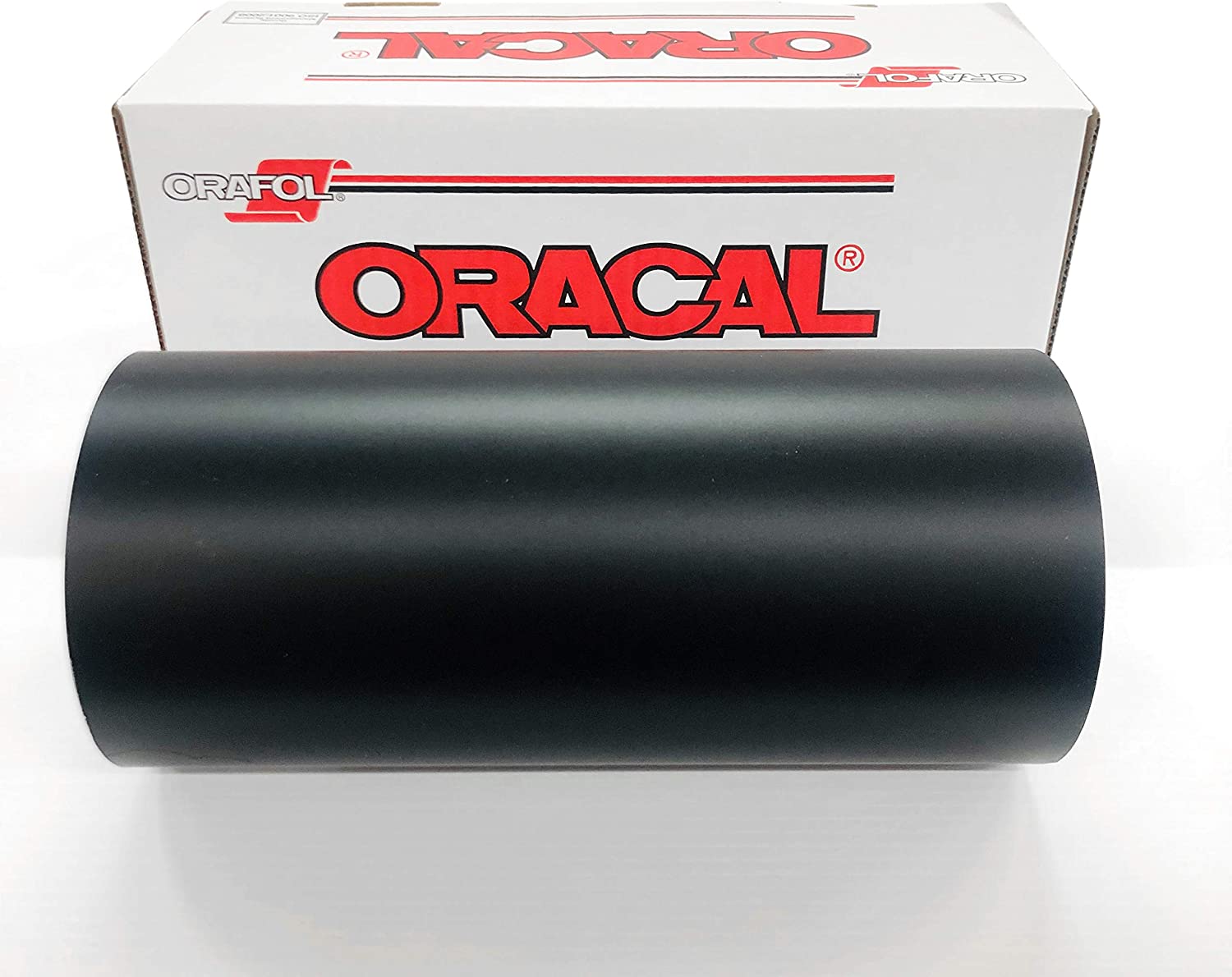
Learn More About Heat Press Vinyl And Adhesive Options From Colorcraft Vinyl
ColorCraft Vinyl is one of the top experts on different types of vinyl. We also are one of the retailers for it, as well as the machines involved. Trust our customer service to get you exactly what you need.
To find out more about permanent or removable vinyl, please reach out to us today. Let ColorCraft show you when to find pressure-sensitive material, or how to apply a transfer tape.
Recent Posts
-
Creative Ways to Use Adhesive Vinyl in Home Decor Projects
Adhesive vinyl is a versatile and popular material that opens up a world of possibilities for home d …Jul 27th 2023 -
Tips and Tricks for Cutting Heat Transfer Vinyl with Precision
Heat Transfer Vinyl (HTV) is a popular material for creating custom designs on fabrics and appar …Jul 27th 2023 -
Choosing the Right PSV Transfer Tape for Your Project
When it comes to working with Pressure-Sensitive Vinyl (PSV) decals and graphics, selecting the ri …Jul 27th 2023
